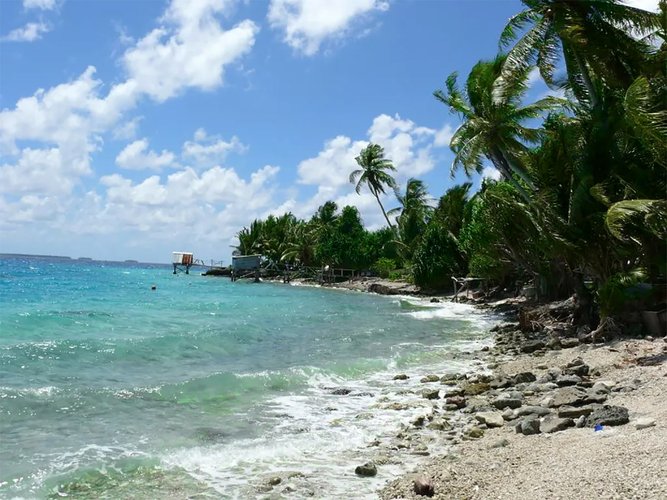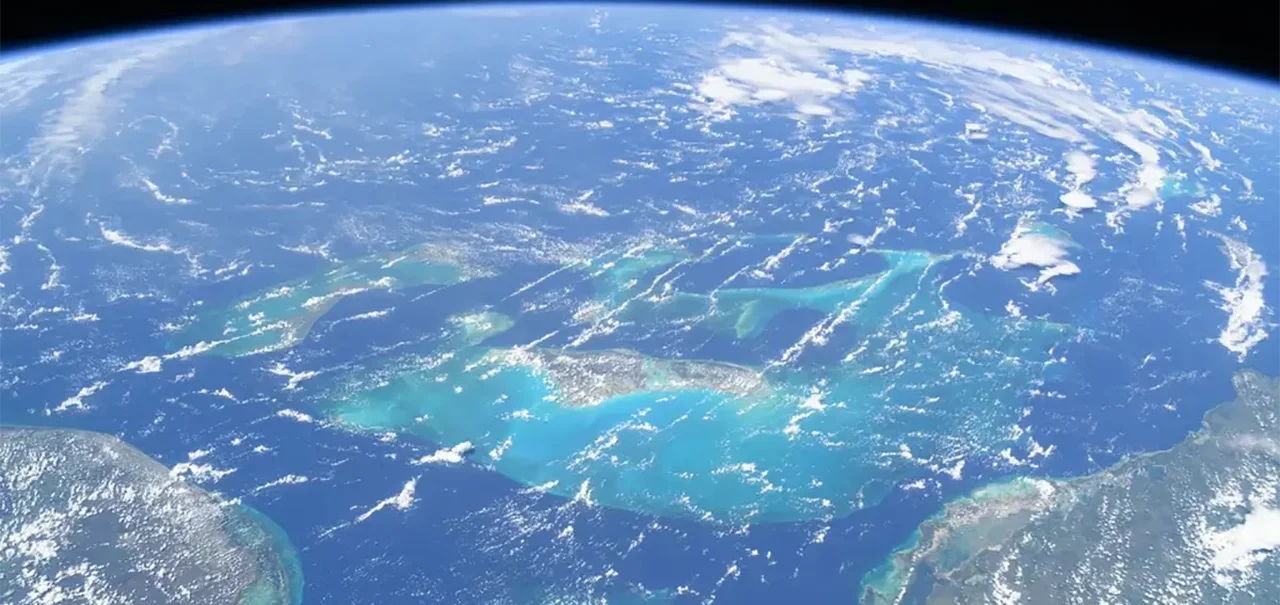Mysterious events occurring in the world’s two largest oceans defy scientists’ understanding: Rapid cooling of the Atlantic near the Equator and rapid rise of water levels in the PacificAlthough seemingly contradictory, these two situations may be related to complex interactions in the global climate system.
A strange cold spot in the Atlantic that spans a broad band across the tropics and equator has cooled at a record pace. It came after a string of consecutive months of record-breaking temperatures, but the waters were the warmest in 40 years of history.
The event occurring in the Pacific Ocean, described in the UN report “State of Climate in the Southwest Pacific 2023”, is clearly related to the effects of global warming in the region. As a result, sea levels in the southwestern islands of the ocean is increasing faster than the global average and is threatening island populations.
La Niñas in two oceans at once?
The La Niña phenomenon, the periodic cooling of Pacific waters, is predicted to occur in the second half of 2024, in a natural cycle known as Enso (El Niño Southern Oscillation), which alternates neutral and cooling conditions with periodic warming states, its “cousin” El Niño.
But the sudden cooling of the waters that meteorologists noticed in July and August may be creating an unprecedented phenomenon: the development of the Atlantic La Niña along the equator. This very rare weather pattern, commonly called The “Atlantic cold anomaly” tends to increase precipitation in West Africa and decrease it in northeastern Brazil.
According to a recent article published on The Conversation platform by climatologists Annalisa Bracco and Zachary Handios from the Georgia Institute of Technology in the US, The simultaneous conjunction of two Niñas in the Pacific and Atlantic is “like finding two different pendulums”Loosely connected to swing in opposite directions and move together in time.”
The consequences of La Niña in the Atlantic
If Atlantic temperatures remain below average for another month, The official declaration of La Niña will be implemented in our oceansThe simultaneous cooling of two oceans could have direct effects not just on humidity but also on temperatures worldwide, experts say.
According to Brazil’s MetSul, the Atlantic event appeared to “increase the probability of strong hurricanes forming near the Cape Verde Islands.” In Brazil, the increase in humidity due to ocean cooling would be reflected differently in different regions.
Rainfall could be heavier in the North and Northeast, while rainfall will be below average in the South. Unpredictable temperatures in the Midwest, combined with possible drought in the South, could threaten some major crops such as soybeans, corn and wheat. A possible drought in Rio Grande do Sul could impact the harvest of citrus fruits such as coffee, oranges and sugar cane.
What is happening to sea level in the Pacific Ocean?

The warning comes from the World Meteorological Organization (WMO) and the UN: while the average annual sea level rise between 1993 and 2003 was around 3.4 millimeters, these values It rose largely 10 to 15 centimeters in the western tropical Pacific and 5 to 10 centimeters in the tropical Pacific. in the same period.
According to WMO Secretary-General António Guterres, this uncontrolled rise in sea levels could lead to coastal flooding, sea coast retreat, contamination of freshwater with saltwater and displacement of communities.
The effects extend far beyond the so-called Pacific islands, which are only one to two metres above sea level on average, making them among the most vulnerable. It is important to remember that nearly a billion people around the world also live in coastal areas, making them potential victims of ocean warming..
Follow the latest studies on climate change on TecMundo and share the article with your friends on your social networks. Until later!
Source: Tec Mundo
I’m Blaine Morgan, an experienced journalist and writer with over 8 years of experience in the tech industry. My expertise lies in writing about technology news and trends, covering everything from cutting-edge gadgets to emerging software developments. I’ve written for several leading publications including Gadget Onus where I am an author.













